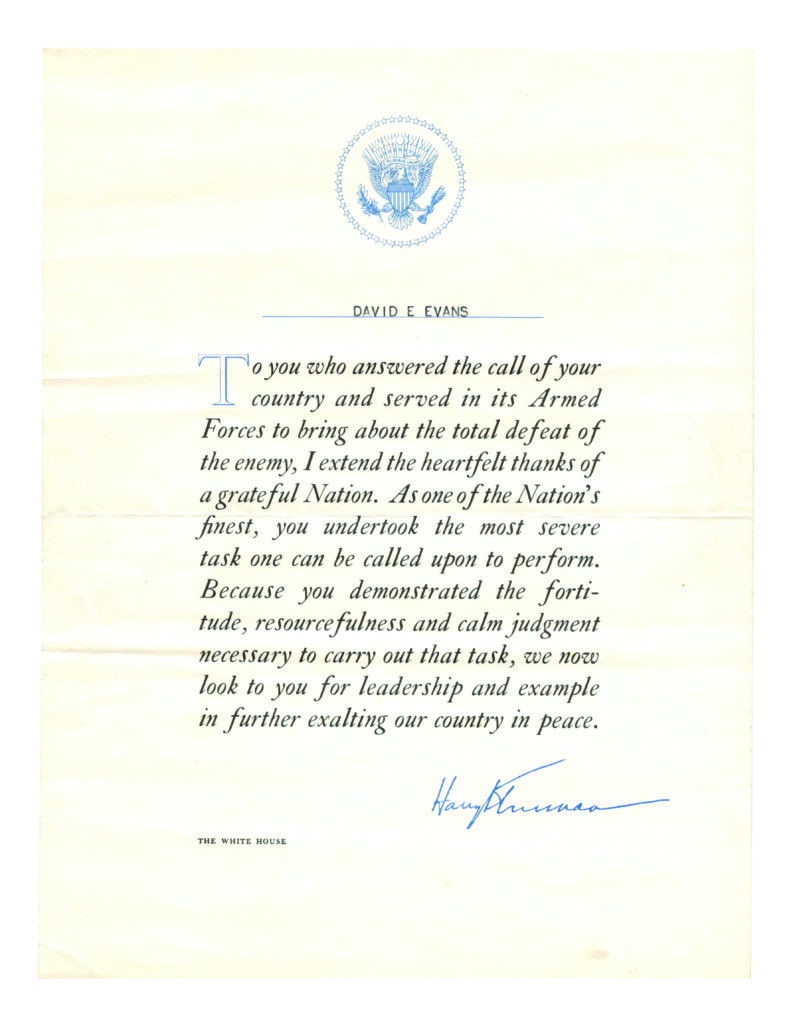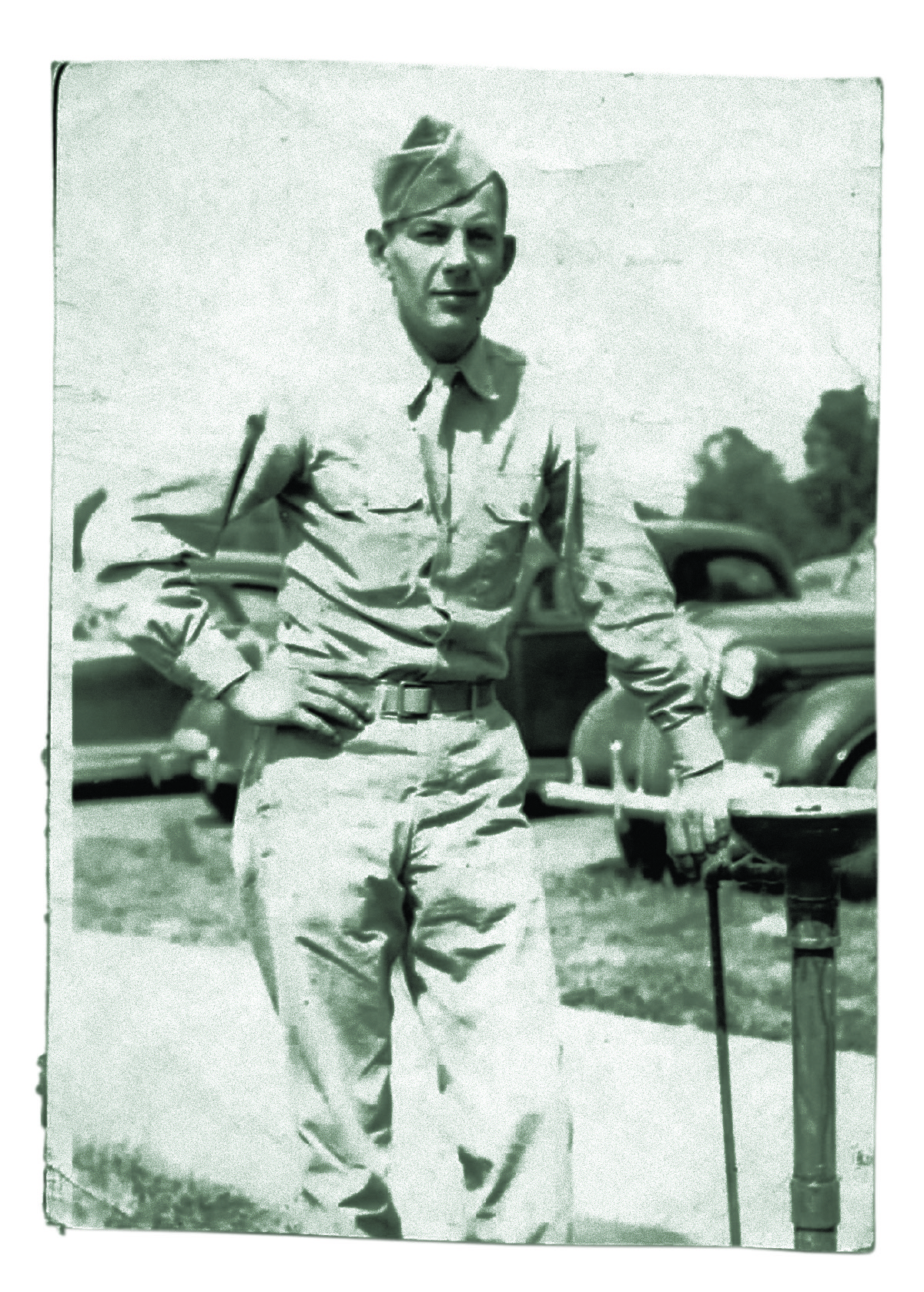Have a question about an artifact? Ask World War II magazine.
Recently I was going through my father’s items and found, tucked between the pages of one of his books from World War II, a letter signed by President Truman. My father, a truck driver with the 333rd Infantry Regiment, 84th Division, did many things during the war, including serving at the Battle of the Bulge. I don’t know why or when he received the letter; was it given after the war to all who served?
—Tami Taylor, Bend, Ore.
In the years following World War II, President Harry S. Truman sent America’s new veterans a special message of thanks from the White House. Truman’s letter, topped by the Presidential Seal, is addressed: “To you who answered the call of your country and served in its Armed Forces.” Millions of these letters were prepared and delivered, intended for all honorably discharged veterans of the U.S. Armed Forces in World War II.

The National WWII Museum has dozens of such letters in its collection; most look like your father’s, bearing only the veteran’s name, although some include rank and, occasionally, the service number—a variation likely due to the small army of typists assigned to produce them. Naturally, President Truman would not have been able to personally sign all of the letters, so a facsimile of his signature was used. Truman is reported to have been the first president to use a signing machine.
A variation of this letter went out to those who served in the Merchant Marine, and leaders of individual service branches sent similar notes of gratitude—Secretary of the Navy James Forrestal’s letter is another eloquent and often-referenced missive—but it is Truman’s letter from the White House that looks back with gratitude and then gazes far into the future. ✯
—Kim Guise, Assistant Director for Curatorial Services
This article was published in the June 2020 issue of World War II.
Have a World War II artifact you can’t identify?
Write to Footlocker@historynet.com with the following:
— Your connection to the object and what you know about it.
— The object’s dimensions, in inches.
— Several high-resolution digital photos taken close up and
from varying angles.
— Pictures should be in color, and at least 300 dpi.
Unfortunately, we can’t respond to every query, nor can we appraise value.
This article was published in the June 2020 issue of World War II.





